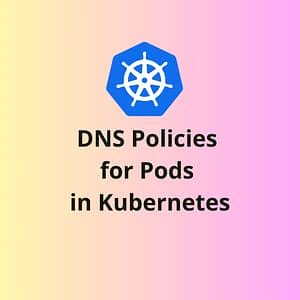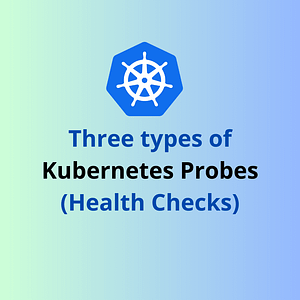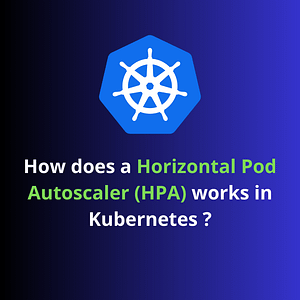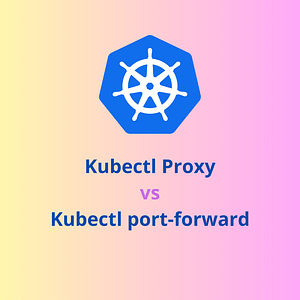In this post, we will learn about Kubernetes Jobs and for what kind of tasks we can use them.
What are “Jobs” in Kubernetes?
👉 A Job creates one or more Pods and will continue to retry execution of the Pods until a specified number of them successfully terminate.
👉 As pods successfully complete, the Job tracks the successful completions. When a specified number of successful completions is reached, the task (ie, Job) is complete.
👉 A simple case is to create one Job object in order to reliably run one Pod to completion. The Job object will start a new Pod if the first Pod fails or is deleted.👉 You can also use a Job to run multiple Pods in parallel.
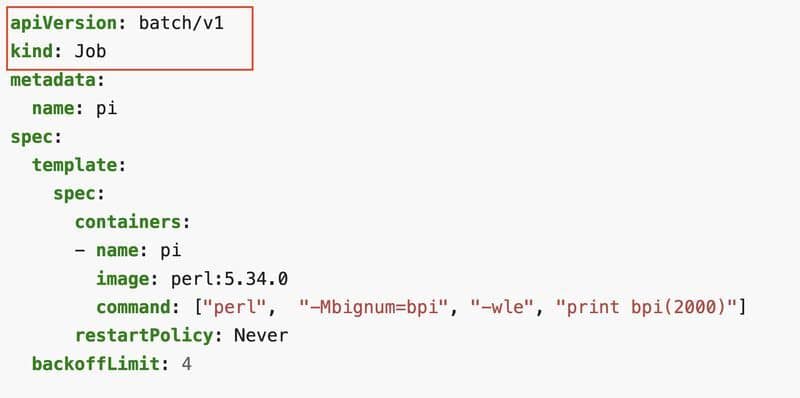
Types of task suitable to run as a Job
1️⃣ Non-parallel Jobs
👉 Only one Pod is started, unless the Pod fails.
👉 The Job is complete as soon as its Pod terminates successfully.
2️⃣ Parallel Jobs with a fixed completion count
👉 Specify a non-zero positive value for .spec.completions.
👉 The Job represents the overall task, and is complete when there are .spec.completions successful Pods.
3️⃣ Parallel Jobs with a work queue
👉 Do not specify .spec.completions, default to .spec.parallelism.
👉 The Pods must coordinate amongst themselves or an external service to determine what each should work on. For example, a Pod might fetch a batch of up to N items from the work queue.
👉 Each Pod is independently capable of determining whether or not all its peers are done, and thus that the entire Job is done.
👉 Once at least one Pod has terminated with success and all Pods are terminated, then the Job is completed with success.

